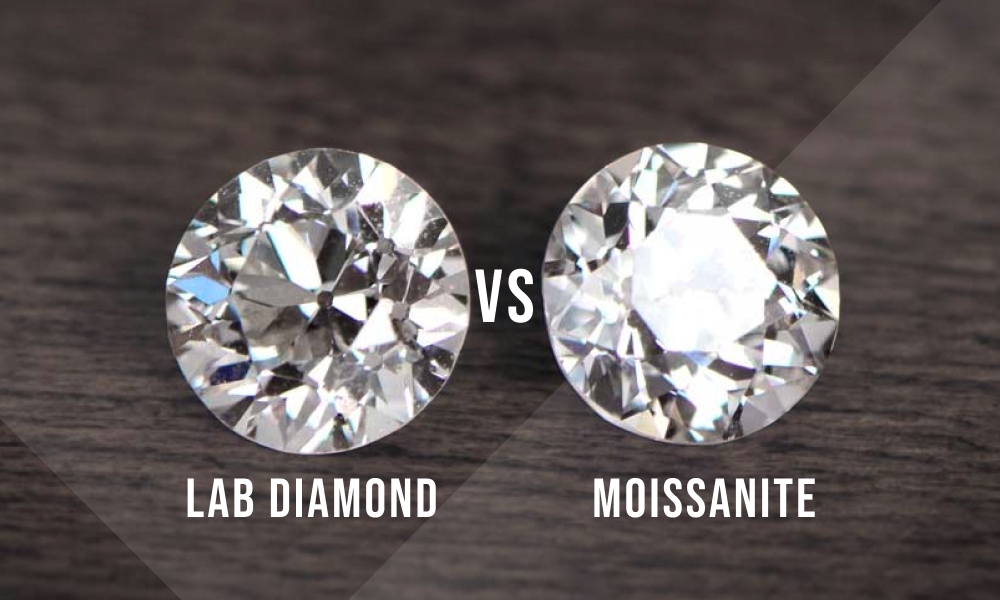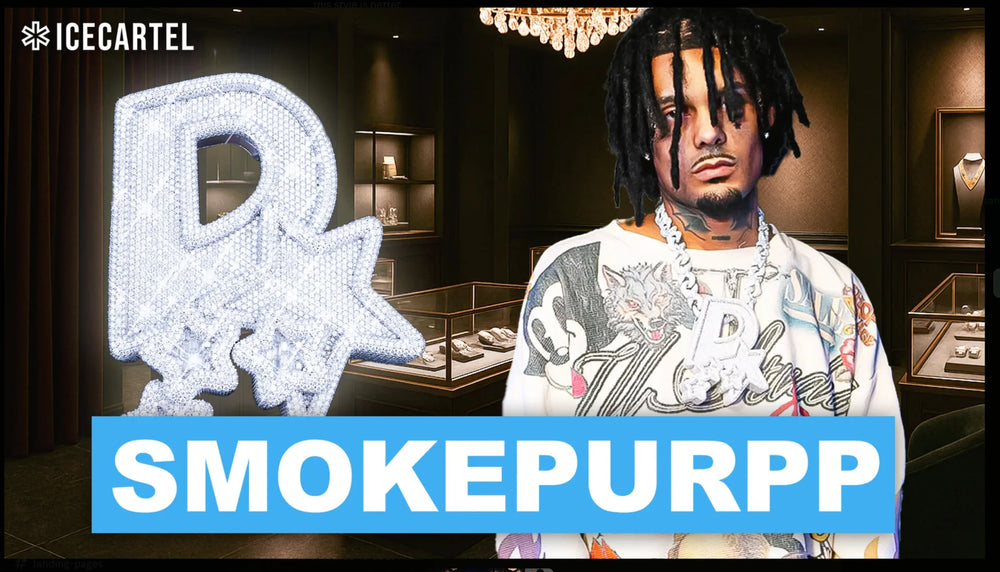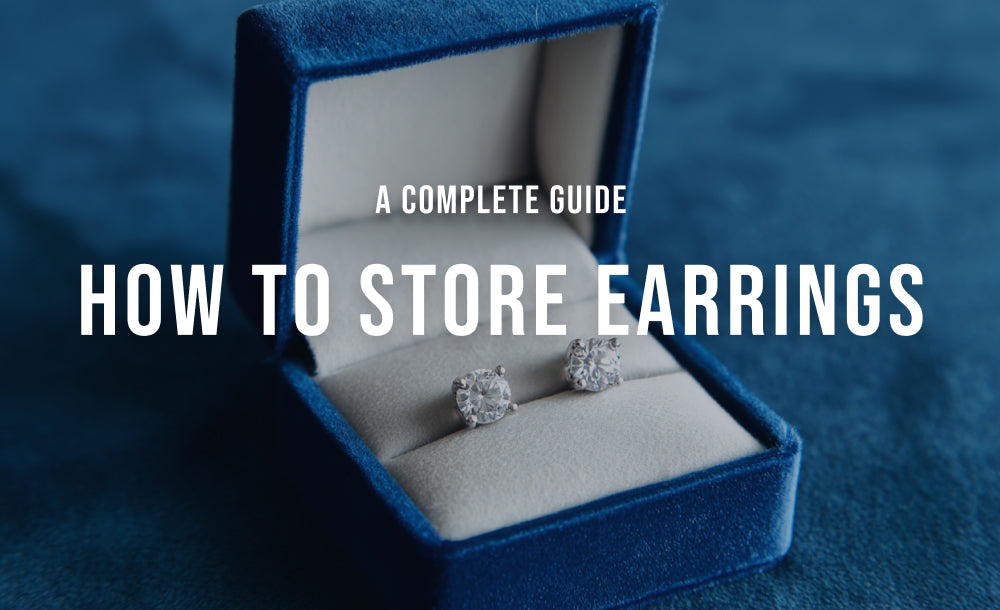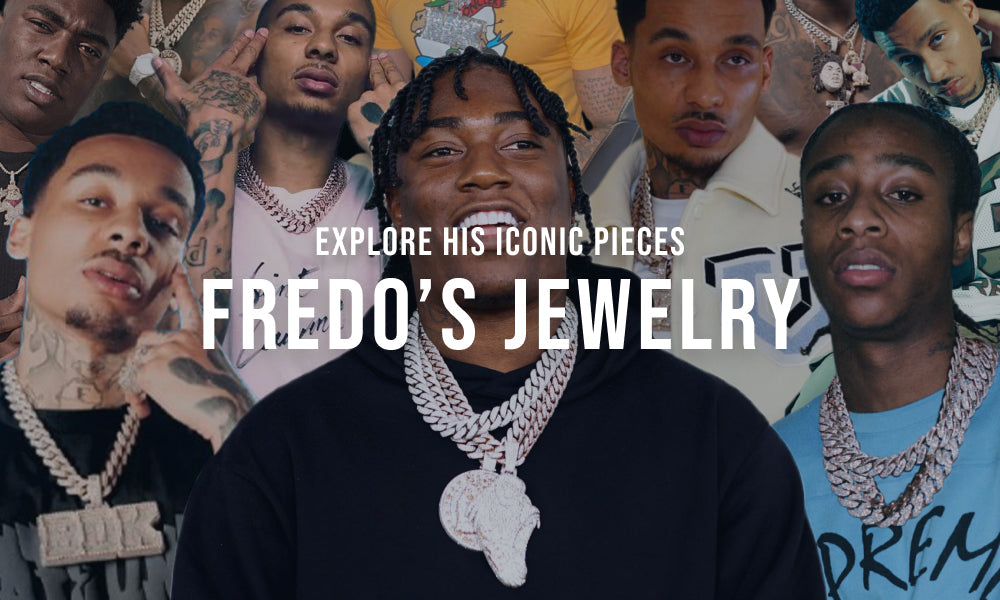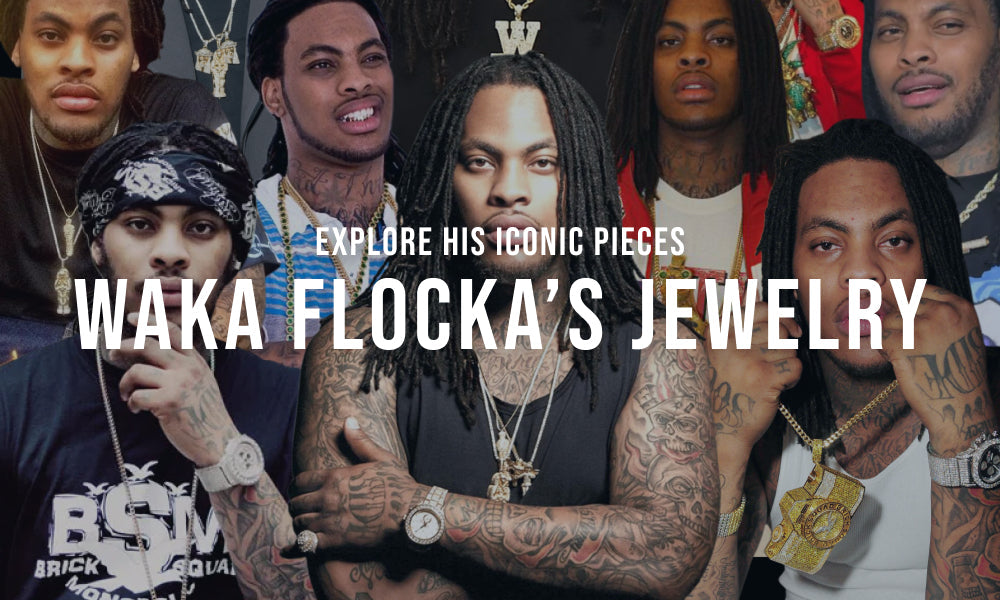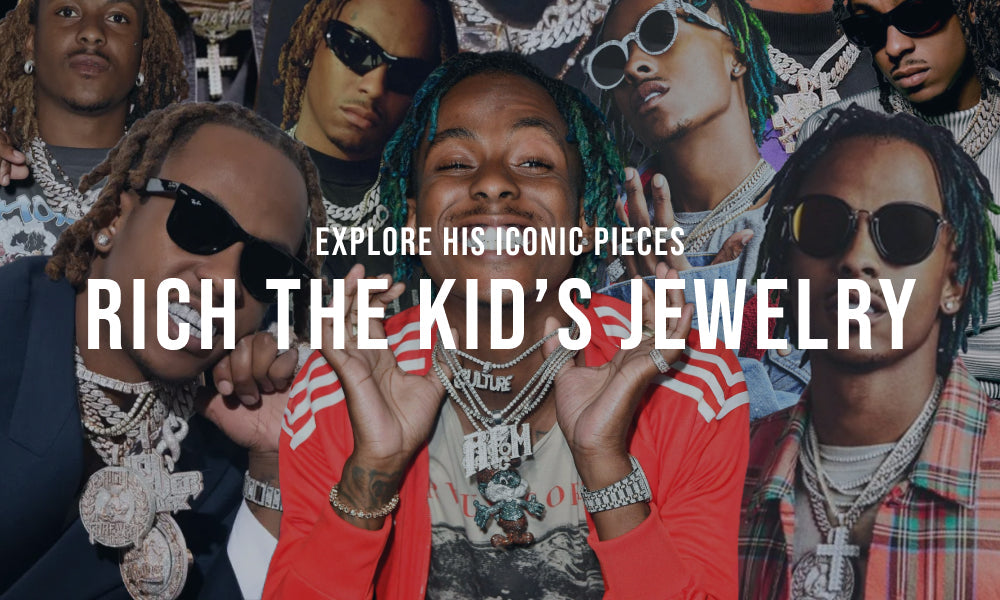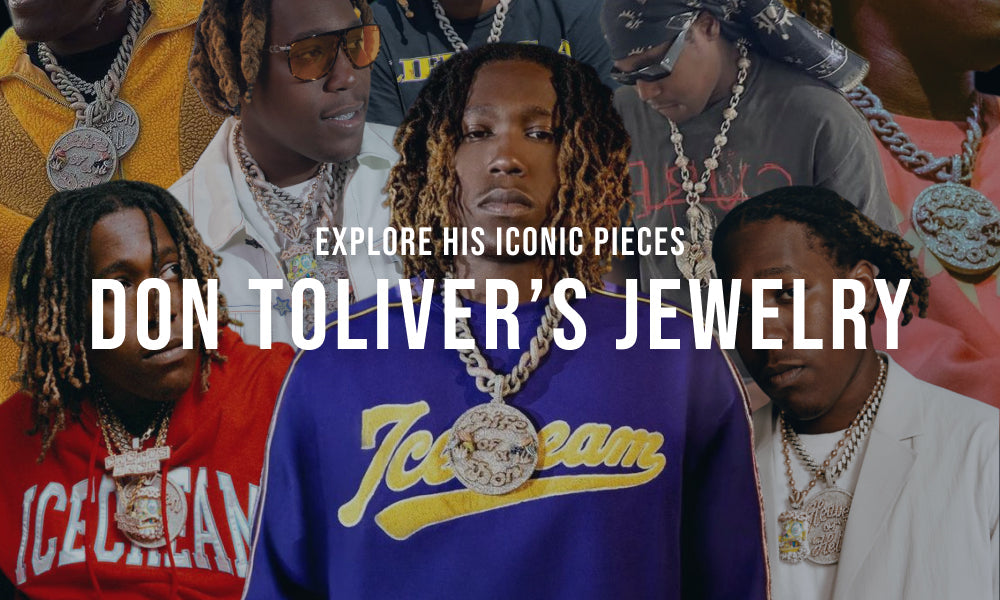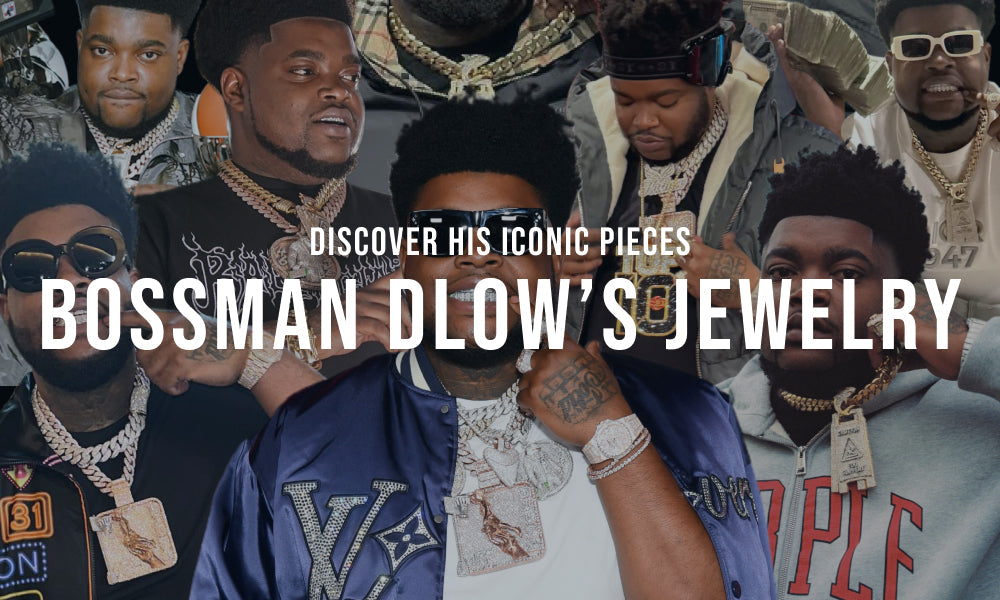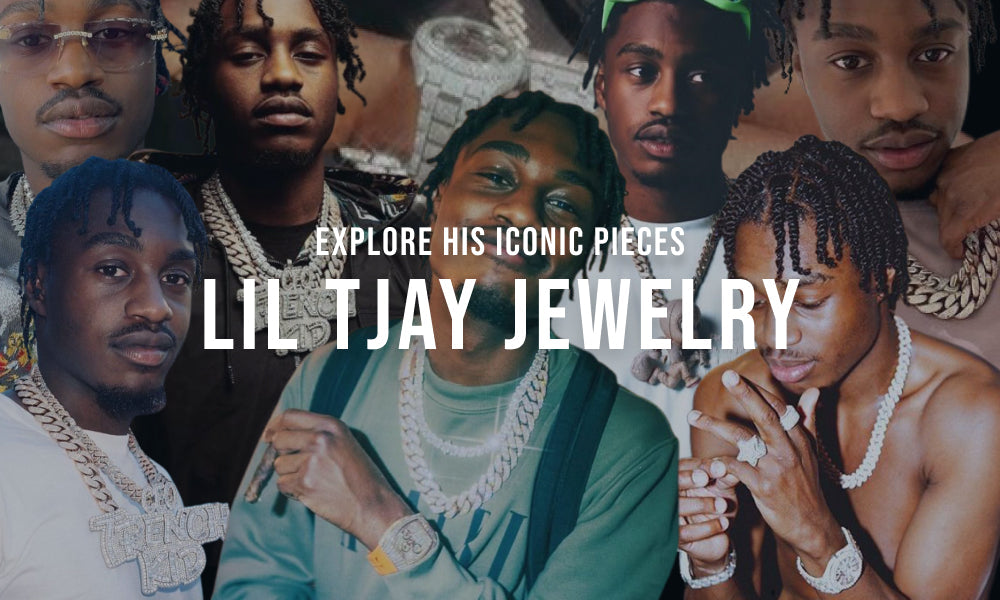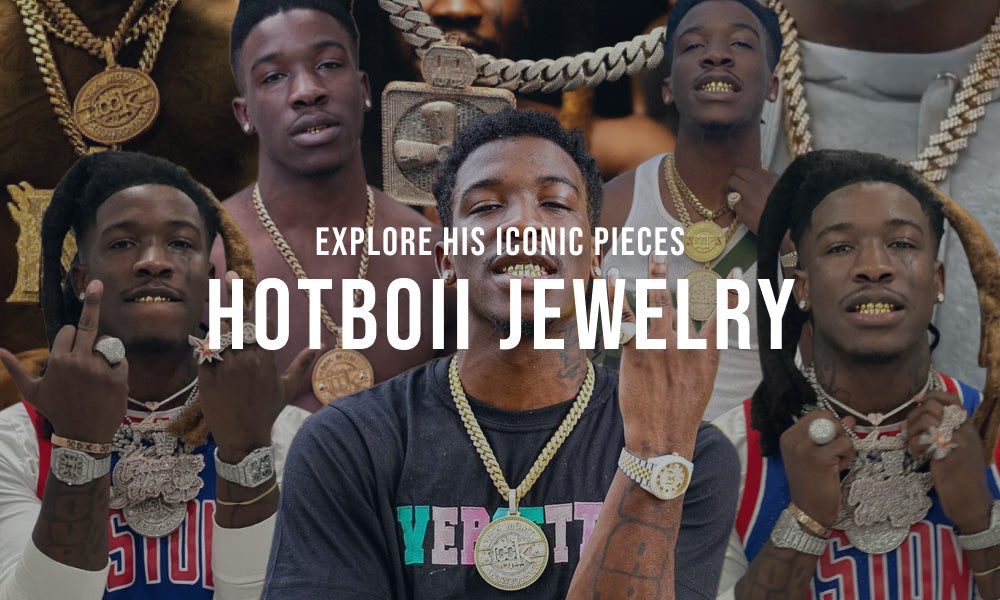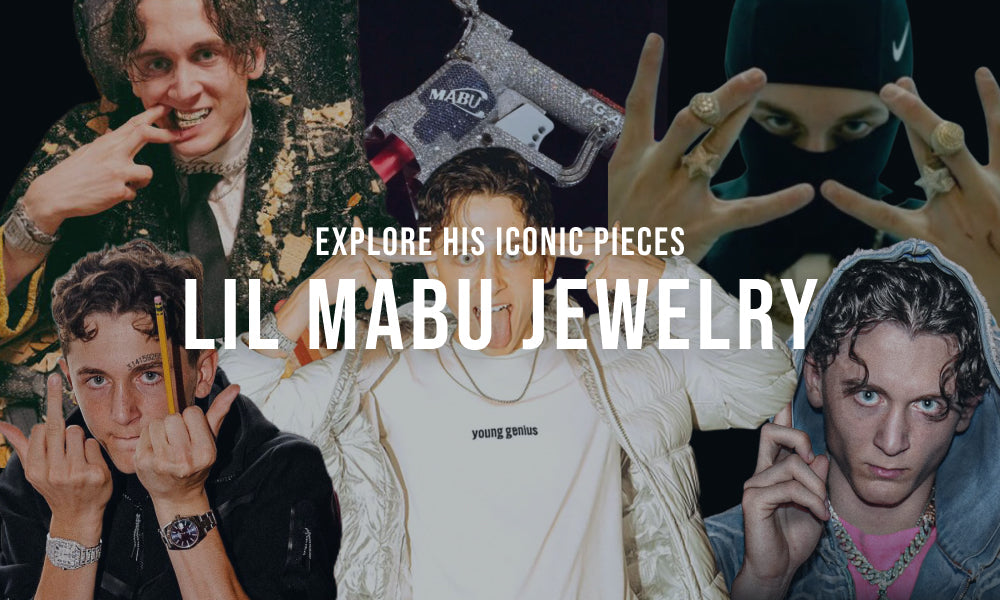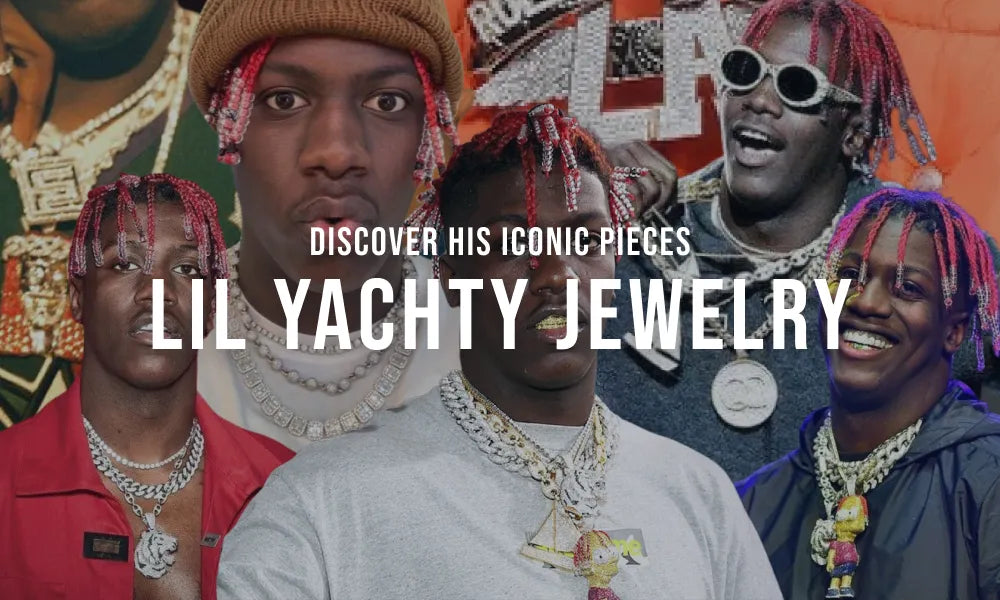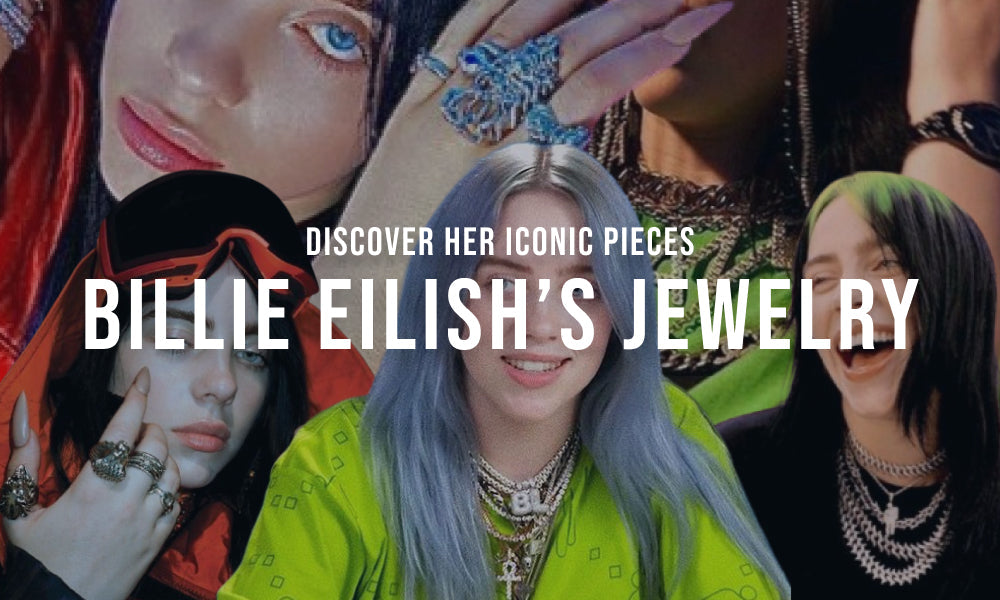In the glamorous world of hip-hop jewelry, one gemstone that has gained significant popularity is Moissanite. Its dazzling brilliance and resemblance to diamonds make it a sought-after choice for those looking to add a touch of elegance to their bling. However, with the rise in demand, the market has seen an unfortunate surge in fake Moissanite stones. So, how can you spot a fake? Can you really tell the differences? Let's explore the unique properties of Moissanite and discover the key signs and methods to identify counterfeit stones.
Understanding Moissanite
Moissanite, a rare mineral discovered by Nobel laureate Dr. Henri Moissan, possesses extraordinary optical properties. It exhibits an exceptional brilliance and fire, making it a captivating gemstone. While naturally occurring Moissanite is incredibly rare, it can now be produced in laboratories with remarkable precision.
Unique Properties of Moissanite

Moissanite's distinctive features set it apart from other gemstones. It boasts an impressive hardness, ranking just below diamonds on the Mohs scale. Its refractive index is also notably high, resulting in stunning light dispersion. These properties contribute to Moissanite's breathtaking sparkle and allure.
Read more about Why is Moissanite so Cheap? The secret of Diamond Twin
Why It is Important to Spot Fake Moissanite

In today's jewelry market, the presence of counterfeit Moissanite has become a growing concern for consumers and the industry alike. It's more important than ever to be able to differentiate between authentic and fake stones to safeguard the integrity of your purchase. By honing your ability to spot counterfeit Moissanite, you empower yourself to make informed decisions and shield against deceptive practices that could compromise your investment.
Reasons for the Prevalence of Fake Moissanite in the Market
The prevalence of fake Moissanite in the market can be attributed to several factors. First and foremost, the rising popularity and demand for Moissanite as an affordable alternative to diamonds have created an opportunity for unscrupulous individuals to produce counterfeit versions. The allure of Moissanite's brilliance and resemblance to diamonds makes it an attractive target for counterfeiters seeking to exploit unsuspecting buyers.
Furthermore, advancements in technology have made it easier to create synthetic gemstones that closely mimic the visual and physical properties of genuine Moissanite. These synthetic versions can be manufactured at a fraction of the cost, allowing counterfeiters to flood the market with fake stones.
The Impact of Fake Moissanite on the Jewelry Industry and Consumers

The proliferation of fake Moissanite has significant implications for both the jewelry industry and consumers. For the jewelry industry, the presence of counterfeit stones undermines the integrity and reputation of reputable jewelers and manufacturers. It erodes consumer trust and confidence in the market, potentially leading to a decline in sales and revenue.
Consumers, on the other hand, bear the brunt of purchasing fake Moissanite. They may unknowingly invest their hard-earned money in counterfeit stones, believing they are acquiring genuine Moissanite jewelry. This not only results in financial losses but also leaves consumers feeling deceived and disappointed.
Moreover, the prevalence of fake Moissanite dilutes the uniqueness and exclusivity associated with genuine gemstones. It diminishes the intrinsic value of Moissanite as a distinct gemstone in its own right, blurring the line between authenticity and imitation.
Key Signs and Methods to Identify Fake Moissanite
Detecting fake Moissanite requires a keen eye and attention to detail. Here are some essential characteristics to consider when assessing the authenticity of a stone:
Physical Characteristics to Spot Fake Moissanite

- Size and Weight Differences: Counterfeit Moissanite stones may exhibit variations in size and weight compared to genuine ones. Pay attention to these factors while evaluating a stone's authenticity.
- Clarity and Color Variances: Genuine Moissanite typically displays exceptional clarity and color consistency. Fake stones might have noticeable inconsistencies or imperfections.
- Cut and Shape Considerations: Counterfeit Moissanite stones may lack the precision and craftsmanship found in genuine ones. Examine the cut and shape of the stone carefully.
- Checking for Inclusions and Blemishes: Authentic Moissanite is relatively free from inclusions and blemishes. Conversely, fake stones may exhibit noticeable flaws or irregularities.
You may also like How to Tell if Silver is Real with Simple Tests
Technological Methods to Identify Fake Moissanite

In addition to visual inspection, several technological methods can aid in identifying fake Moissanite:
- Using a Jeweler's Loupe or Microscope: Close examination using specialized tools can reveal telltale signs of counterfeits.
- The Use of Thermal Conductivity Testers: Moissanite exhibits different thermal conductivity than diamonds or other gemstones. Specialized testers can help distinguish between genuine and fake stones.
- Reflectivity and Refractivity Tests: Authentic Moissanite possesses unique light reflection and refraction properties. Specific tests can be performed to assess these characteristics.
- Advanced Tests: Raman Spectroscopy and Other Laboratory Methods: For highly accurate results, advanced laboratory methods like Raman spectroscopy can be employed. These techniques provide detailed insights into the gemstone's chemical composition and structure.
Understanding the Characteristics of Genuine Moissanite
To better identify genuine Moissanite, it is essential to familiarize yourself with its characteristics. Educate yourself on factors such as brilliance, fire, and hardness, which contribute to its overall appeal. This knowledge will empower you to make informed decisions when purchasing Moissanite jewelry.
Importance of Professional Gemstone Appraisal
When in doubt about the authenticity of a Moissanite stone, seeking professional gemstone appraisal is advisable. Certified gemologists possess the expertise and tools required to accurately assess gemstones, including Moissanite. Their evaluation will provide you with reliable information regarding the stone's authenticity and value.
Process of Professional Gemstone Testing and Certification

Much like the certification process for diamonds, gemstone certification follows a standardized approach. A gemstone certificate is an official document issued by a licensed gemological laboratory, providing a comprehensive description of a gemstone's internal and external features. This certificate typically includes information about the gemstone's weight, color, clarity grades, and may also mention any specific identifying characteristics or enhancements.
While gemstone certificates serve as a valuable source of information, it's important to note that they do not assign a monetary value to the gemstone. If you come across a certificate that does so, exercise caution and scrutinize both the gemstone and the certificate itself.
The absence of a monetary value on a gemstone certificate is intentional. The purpose of the certificate is to provide an objective assessment of the gemstone's qualities and characteristics, without any underlying agenda. Incorporating a monetary value would suggest a biased evaluation, compromising the certificate's integrity.
Similar to diamond grading, the process of gemstone certification takes place within specialized laboratories equipped with advanced instruments. Trained, licensed, and experienced professional gemologists conduct the evaluation. The gemstone undergoes various testing procedures to determine its unique identifying characteristics.
How to Choose a Reputable and Certified Gemologist
When seeking a gemologist for Moissanite appraisal, it is crucial to choose a reputable and certified professional. Look for gemologists who hold recognized credentials and have a proven track record in the industry. Seek recommendations from trusted sources and ensure the gemologist you choose specializes in Moissanite evaluation.
Buying Tips to Avoid Fake Moissanite
To safeguard yourself from counterfeit Moissanite, follow these essential buying tips:
- Request Certification and Documentation: Always ask for certification and documentation when purchasing moissanite. Reputable sellers will provide you with authenticity certificates from recognized gemological associations or laboratories. These certificates verify the quality and authenticity of the moissanite you're buying.
- Compare Prices and Quality: Be cautious of unrealistically low prices. While moissanite is generally more affordable than diamonds, extremely low prices may indicate the presence of fake or low-quality stones. Compare prices from different reputable sellers to ensure you're getting a fair deal without compromising on quality.
- Read Product Descriptions Carefully: Pay close attention to the product descriptions provided by the seller. Look for details about the moissanite's origin, quality grading, and any additional features or treatments. Legitimate sellers will provide accurate and comprehensive information about their products.
- Verify the Return Policy and Warranty: Check the seller's return policy and warranty conditions. Reputable sellers often have transparent and customer-friendly return policies that allow you to return or exchange the product if you're not satisfied. Additionally, they may offer warranties that cover any potential defects or issues with the moissanite.
- Seek Recommendations and Reviews: Consult with trusted friends, family, or online communities who have experience with moissanite purchases. Their recommendations and reviews can guide you towards reliable sellers and help you avoid fraudulent ones.
- Pay Attention to Packaging and Branding: Legitimate moissanite sellers often provide high-quality packaging and branding. Look for professional packaging materials, branded boxes, and certificates of authenticity within the packaging. Carefully examine the details to ensure they align with reputable moissanite brands.
Importance of Buying From Reputable Sellers

When it comes to purchasing moissanite, the importance of buying from reputable sellers cannot be overstated. Reputable sellers not only provide you with genuine moissanite but also offer additional benefits and peace of mind throughout your purchasing journey.
When you buy from reputable sellers, you can rest assured that the moissanite you're investing in is authentic and of the highest quality. Reputable sellers go the extra mile to ensure that their products are properly certified and backed by reliable gemological associations or laboratories. This certification guarantees that the moissanite you're purchasing has undergone thorough testing and meets the strict standards of authenticity.
Another advantage of buying from reputable sellers is the level of customer service and support they provide. They have knowledgeable staff who can guide you through the buying process, answer your questions, and address any concerns you may have. They prioritize customer satisfaction and are committed to building long-term relationships with their clientele.
Reputable sellers also have a strong online presence and positive customer reviews. Before making a purchase, it's always a good idea to research the seller's reputation. Look for feedback from previous customers, testimonials, and ratings to get a sense of their credibility and reliability.
Conclusion
Experience the true essence of hip-hop jewelry with Moissanite, the gemstone that has taken the industry by storm. At Ice Cartel, we understand the significance of authenticity in the world of bling, which is why we want to empower you to confidently spot fake Moissanite. With the market flooded with counterfeit stones, it's crucial to familiarize yourself with key signs and identification methods.
Don't settle for imitations that fail to capture the captivating allure of genuine Moissanite. Trust in our expertise and make informed purchasing decisions. We encourage you to embrace the beauty and uniqueness of authentic Moissanite, allowing your jewelry to shine with unparalleled brilliance.
Visit our website at icecartel.com to explore our exclusive collection of moissanite jewelry featuring genuine Moissanite engagement rings, chains, pendants & more. Discover the true essence of bling and elevate your style today!

























